Native Scurf-pea,
Tall Scurf-pea,
Verbine Scurf-pea
Display all 15 images
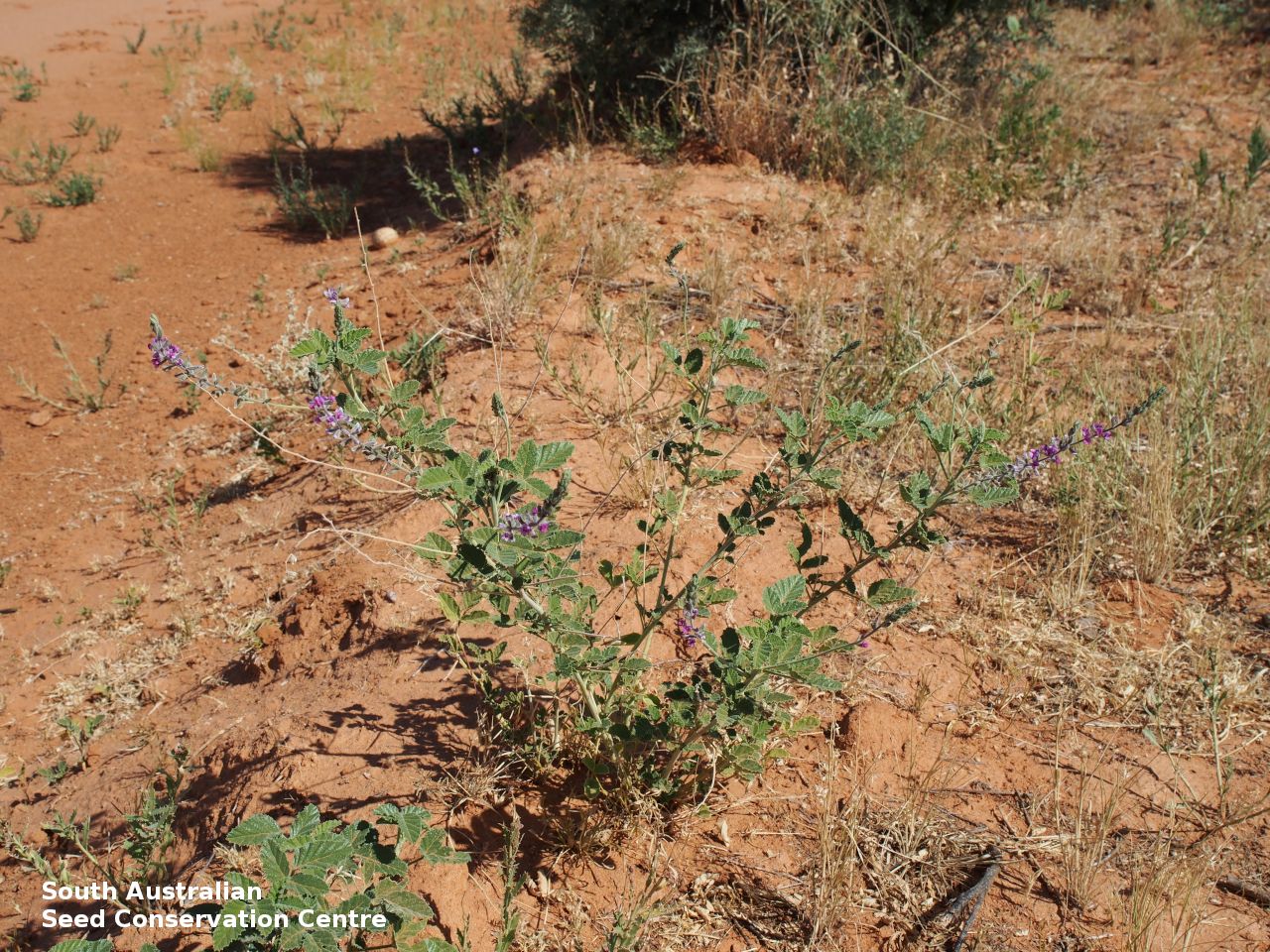
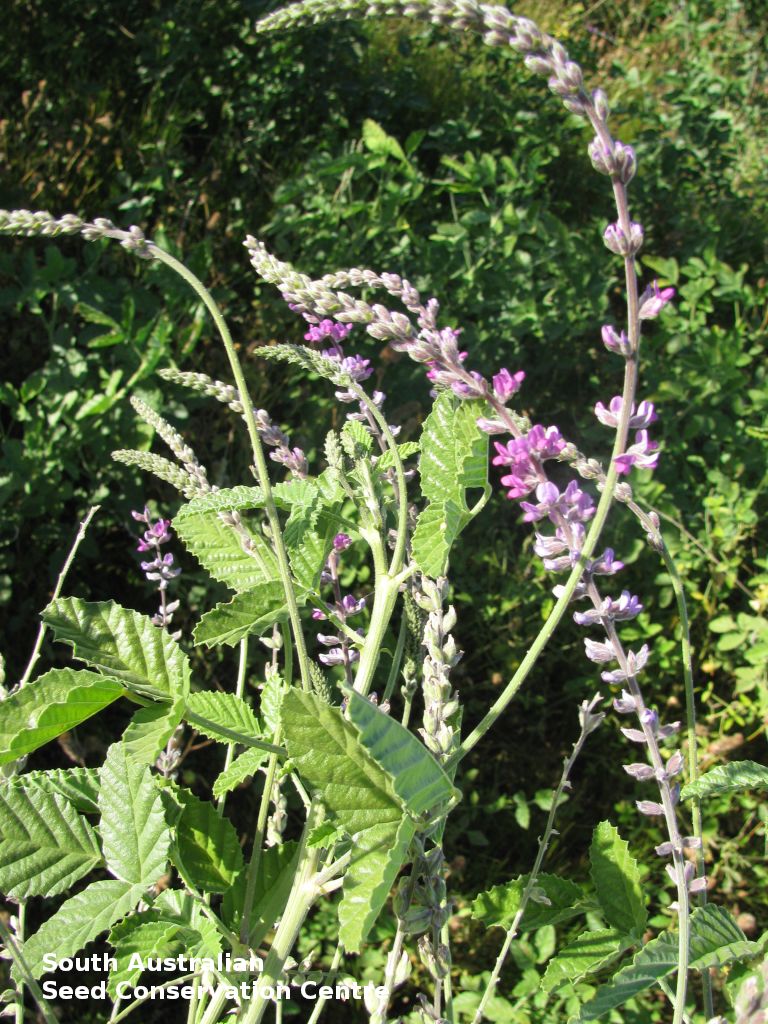
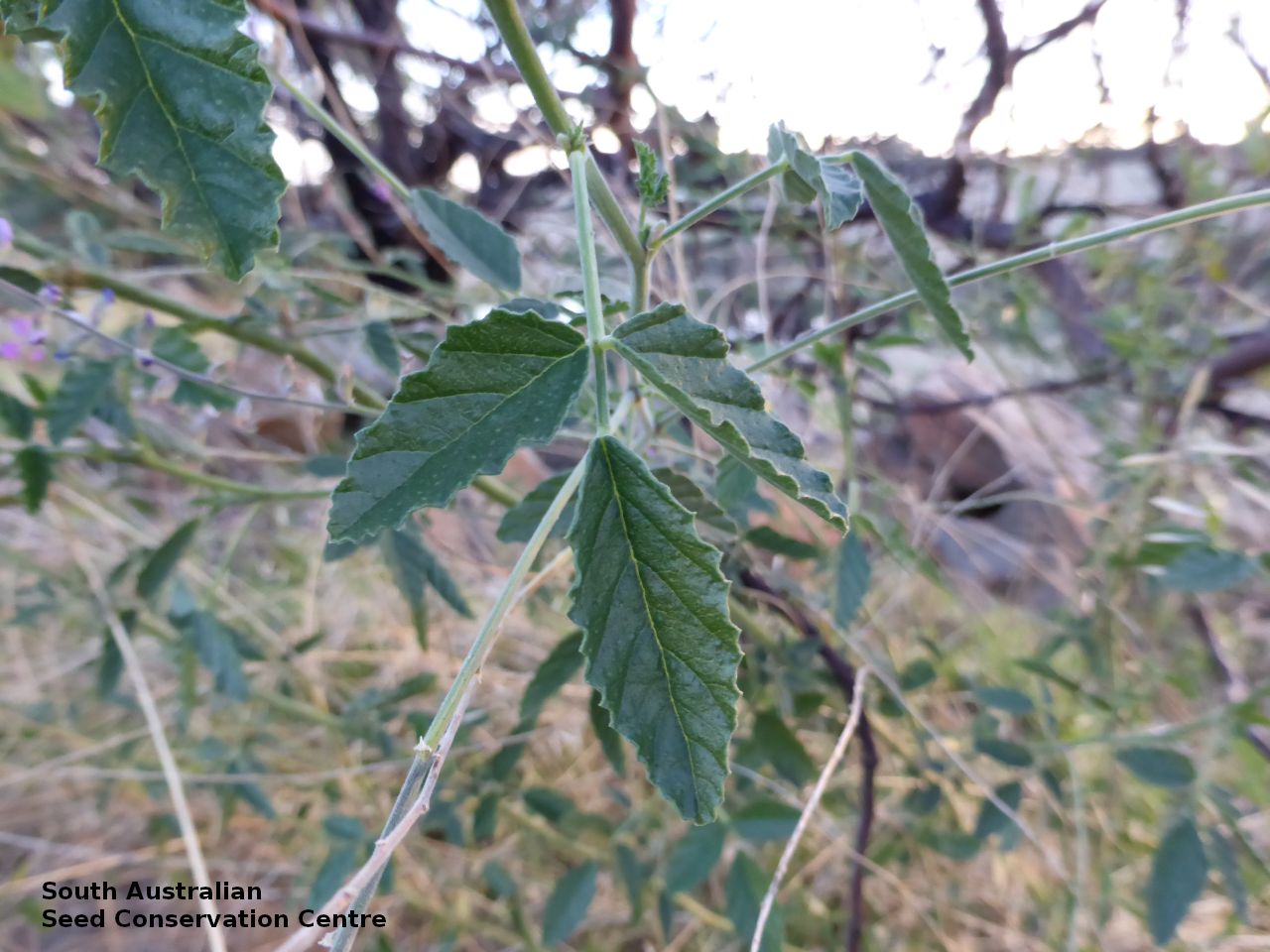
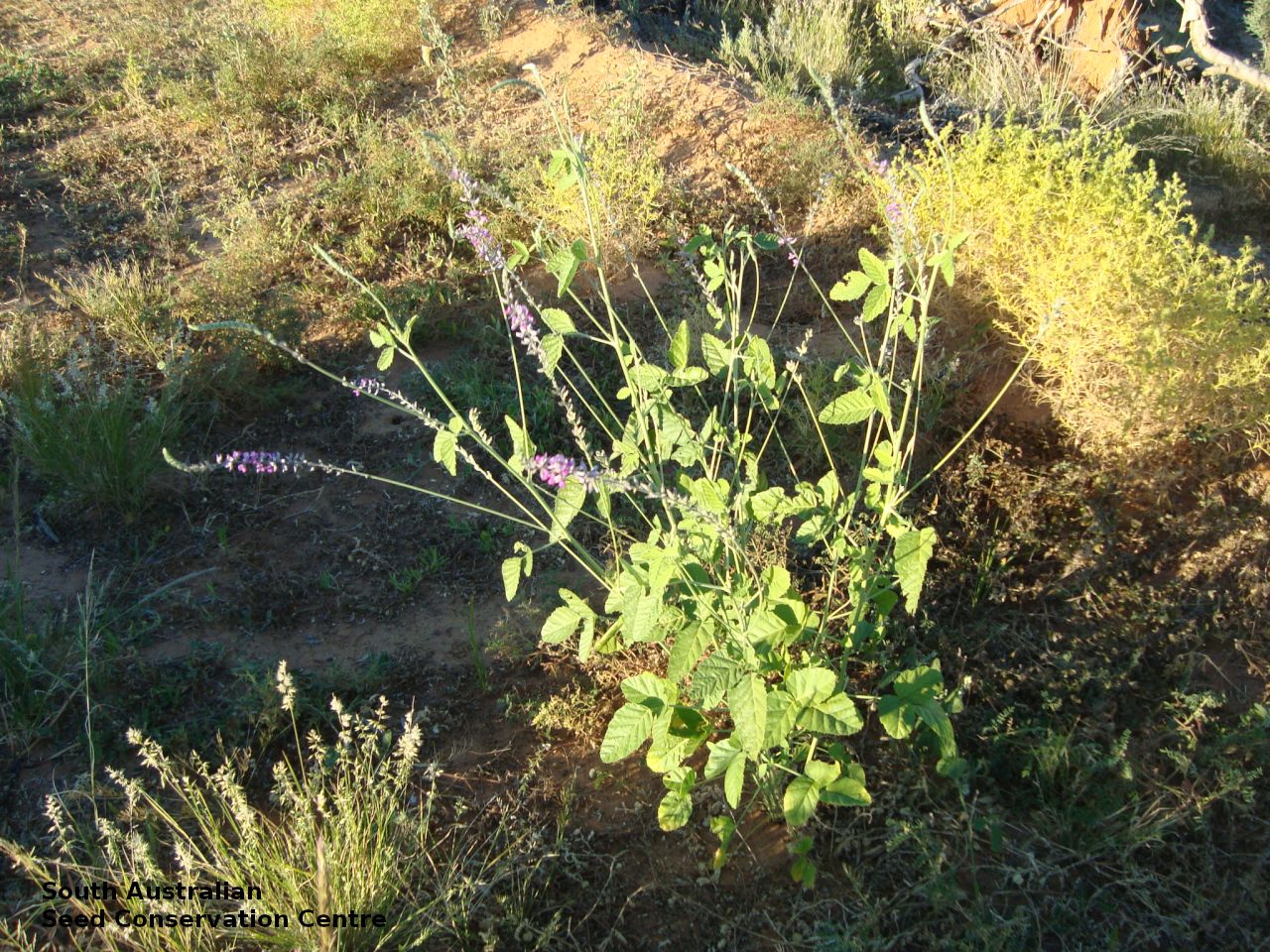
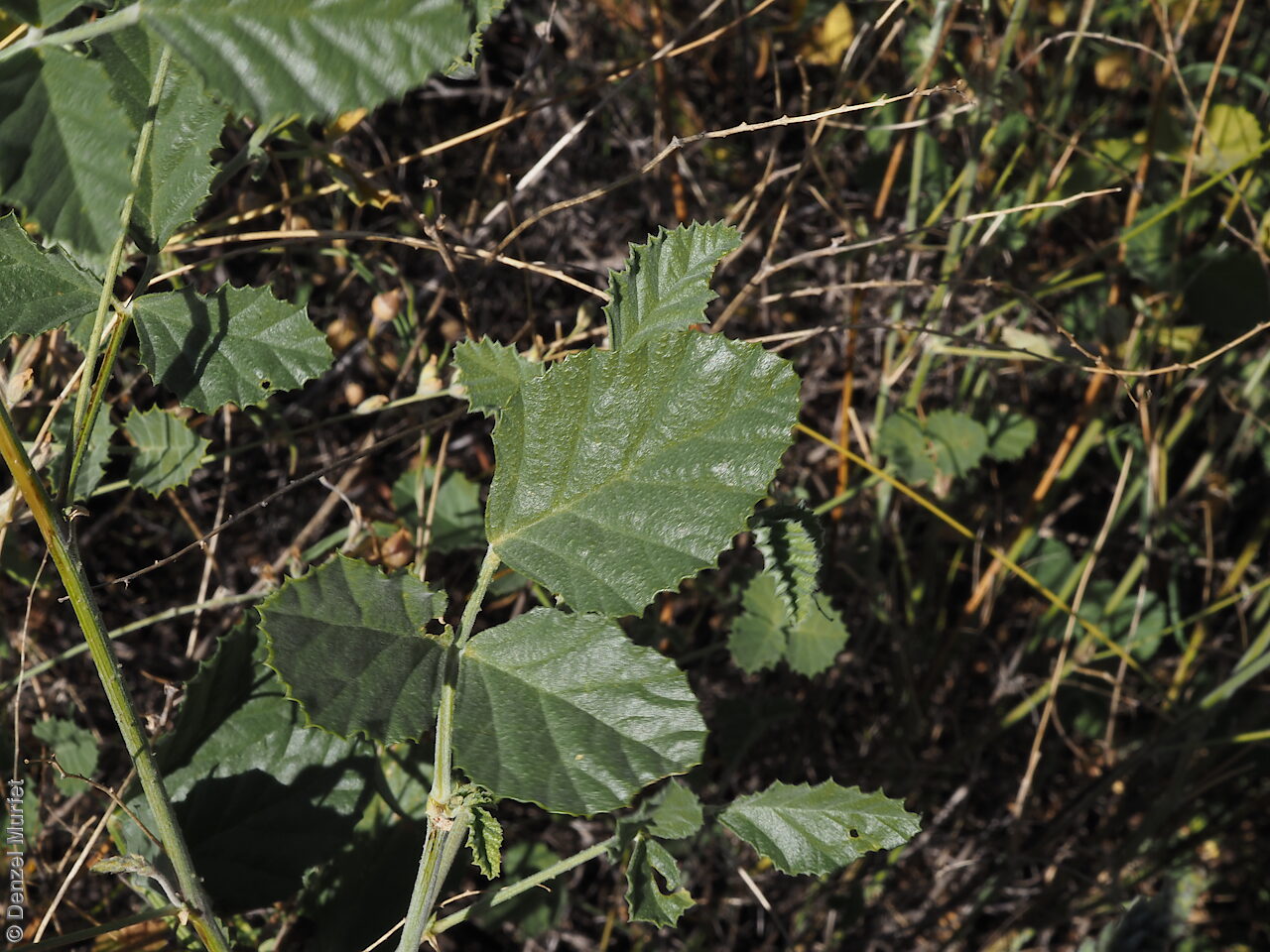
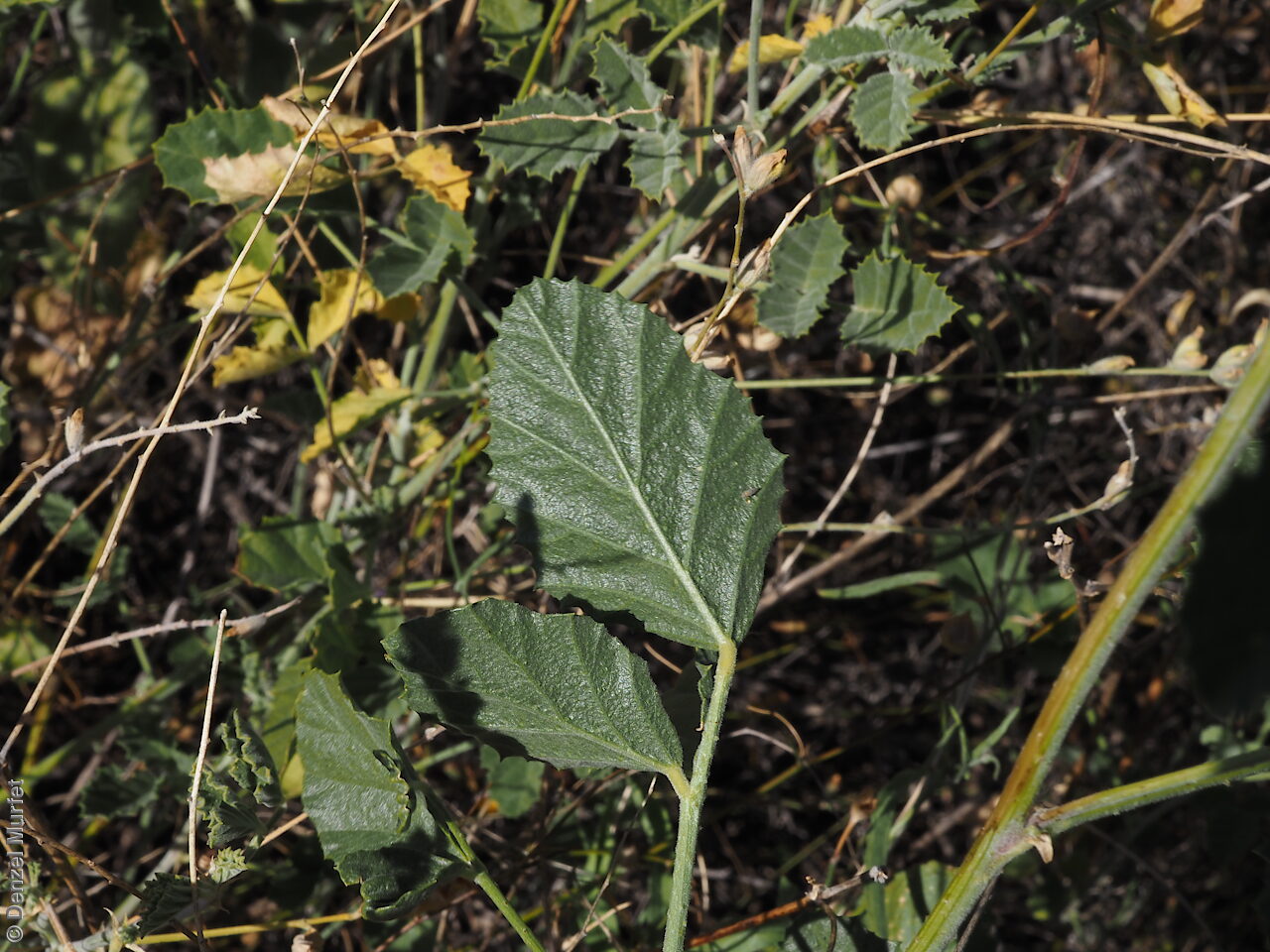
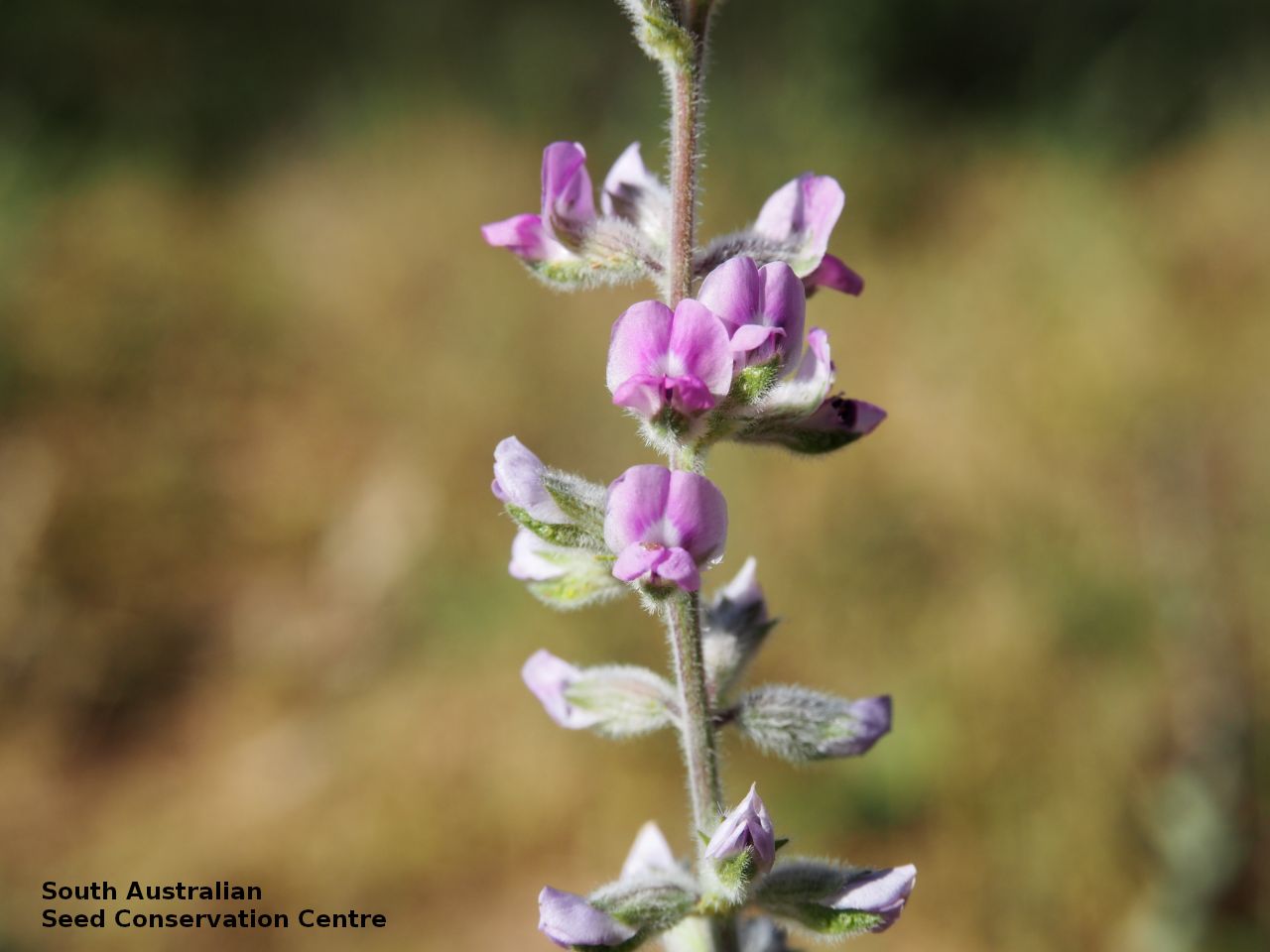
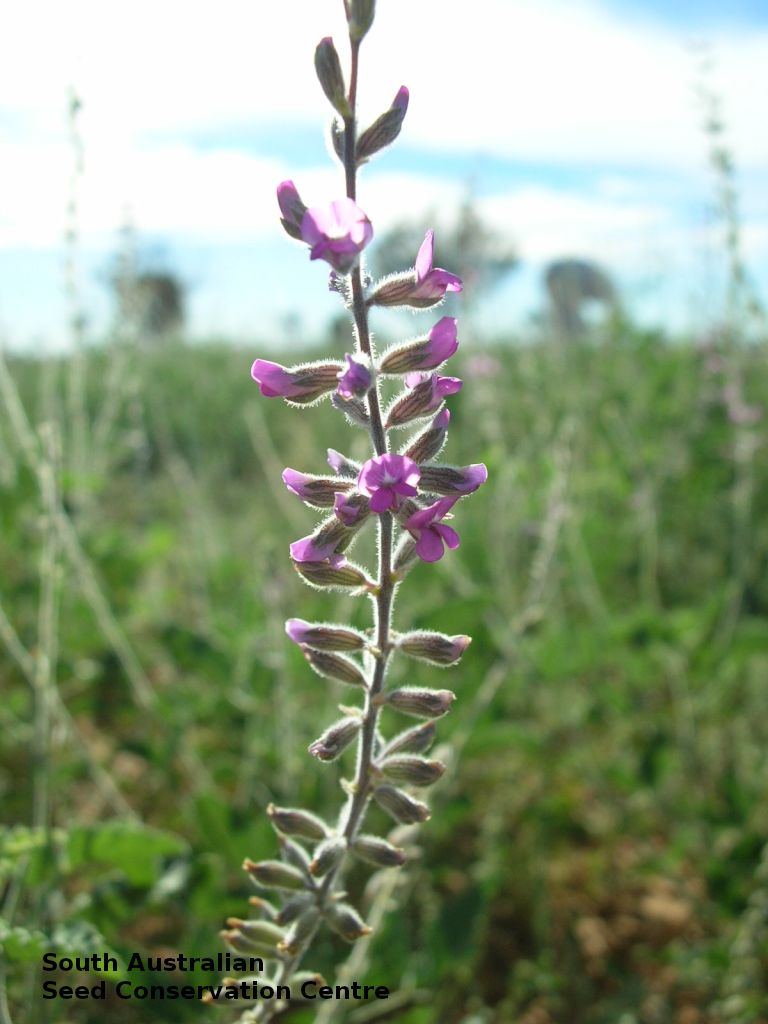
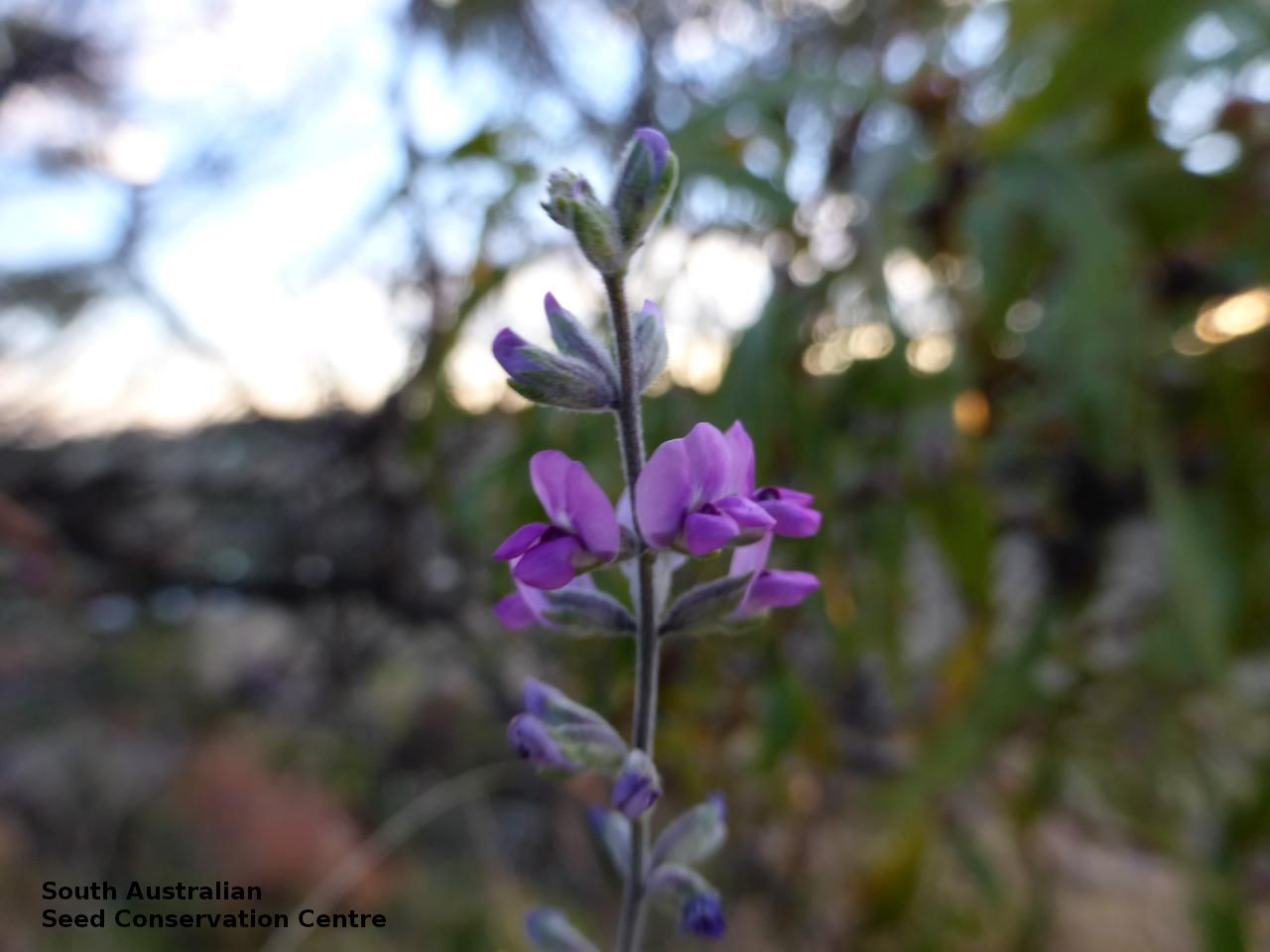
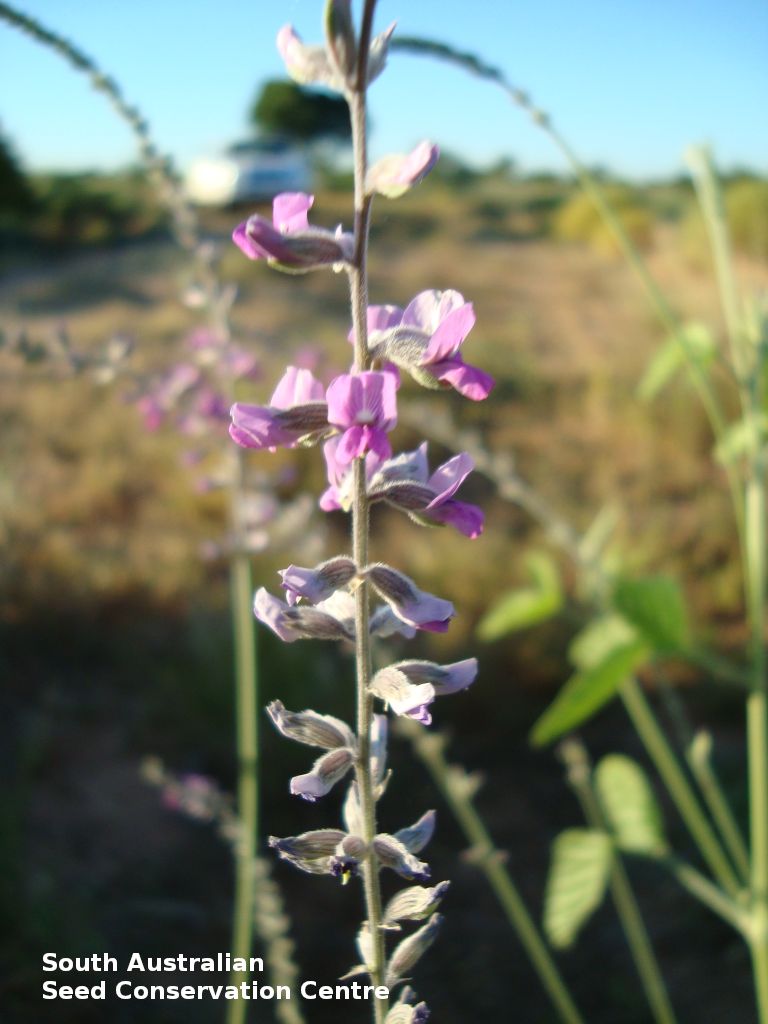
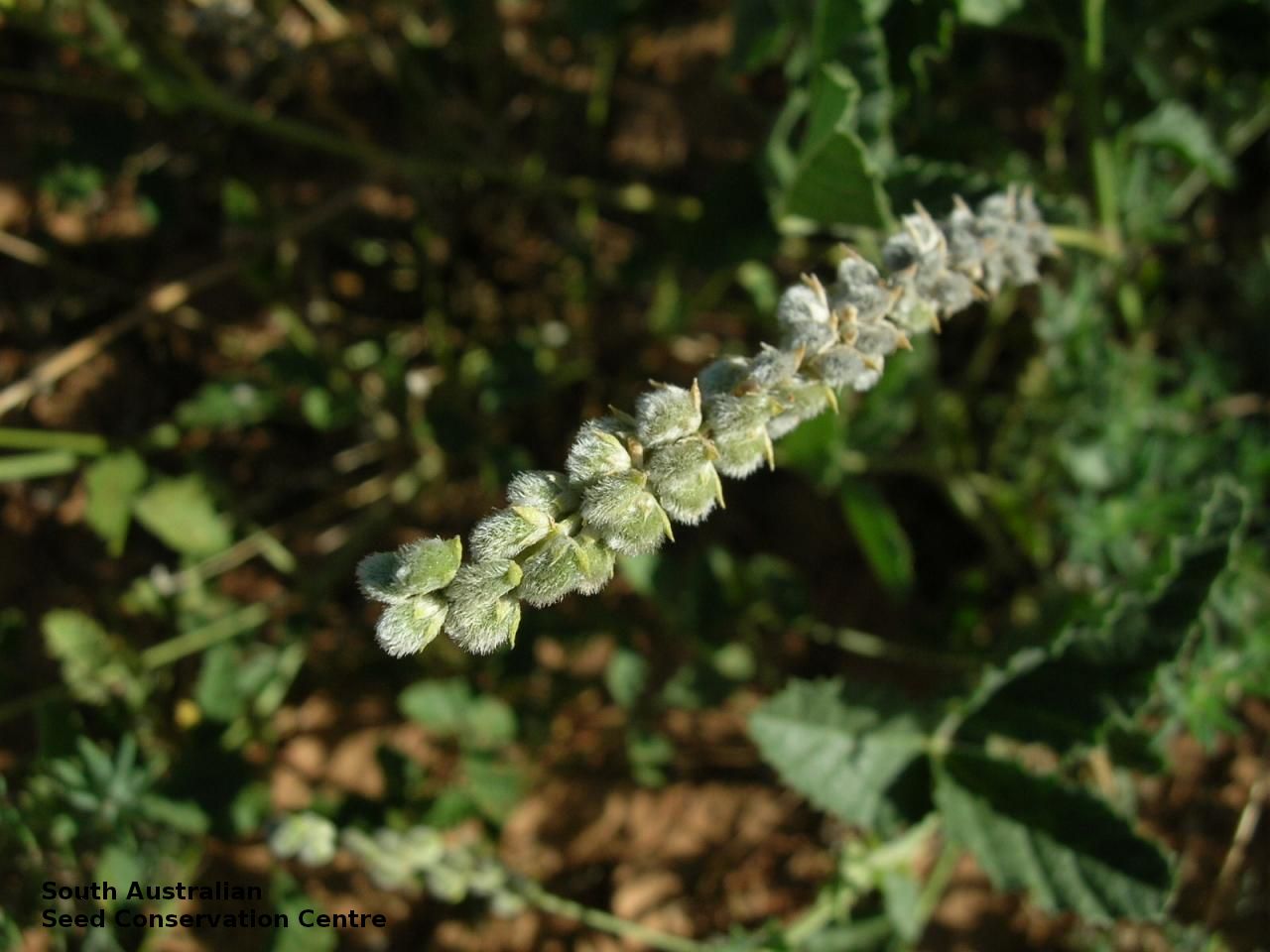
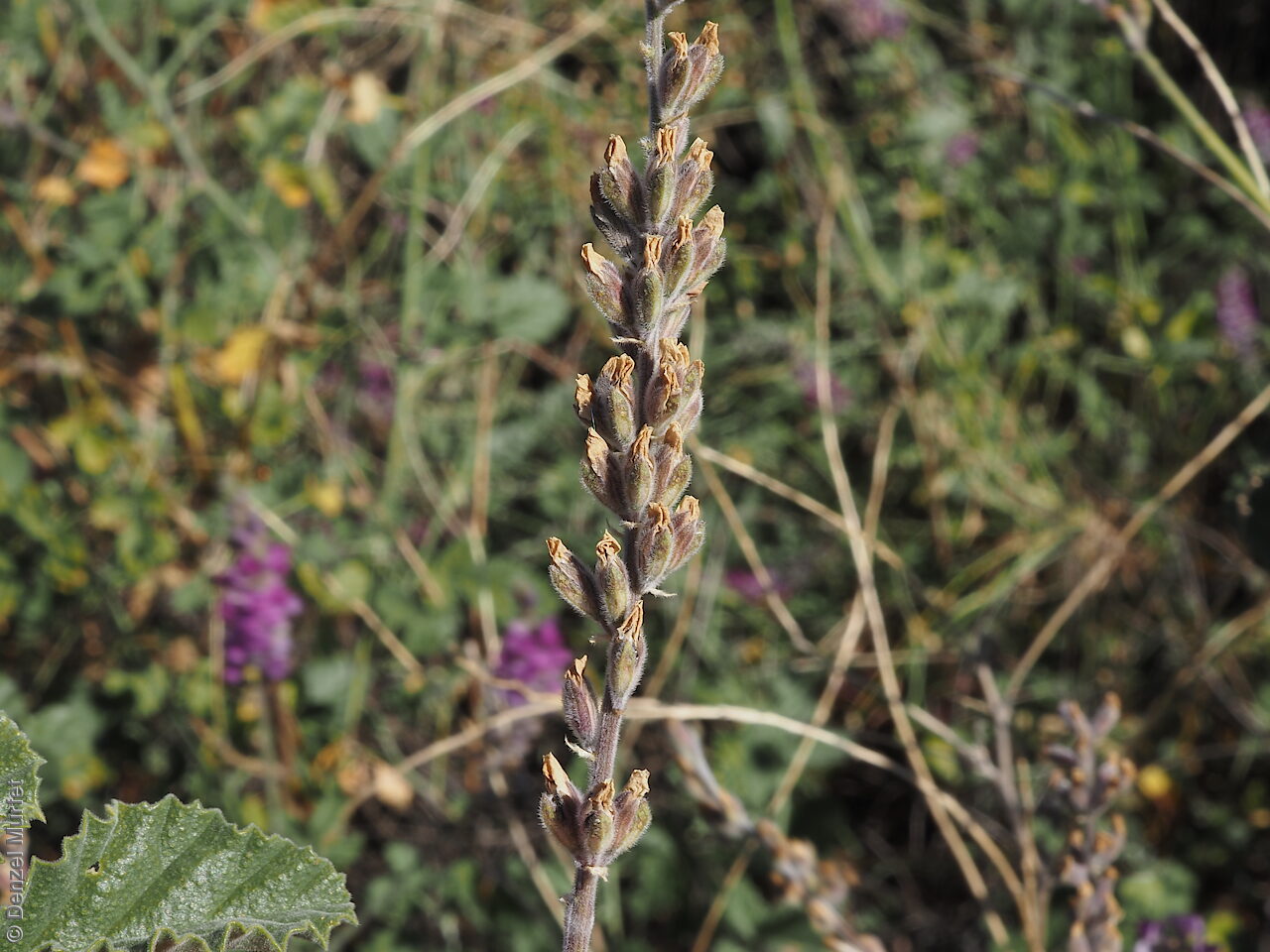

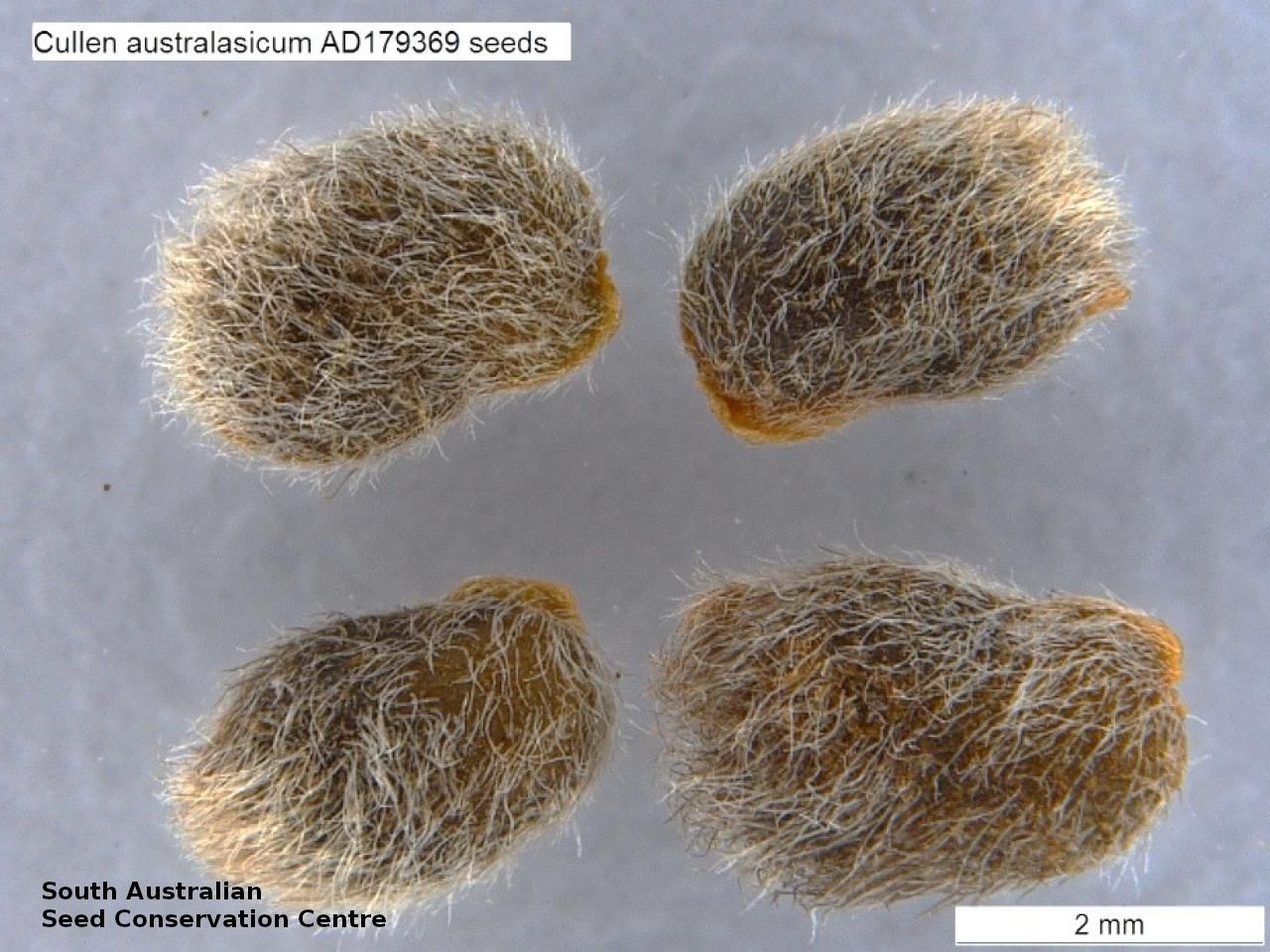
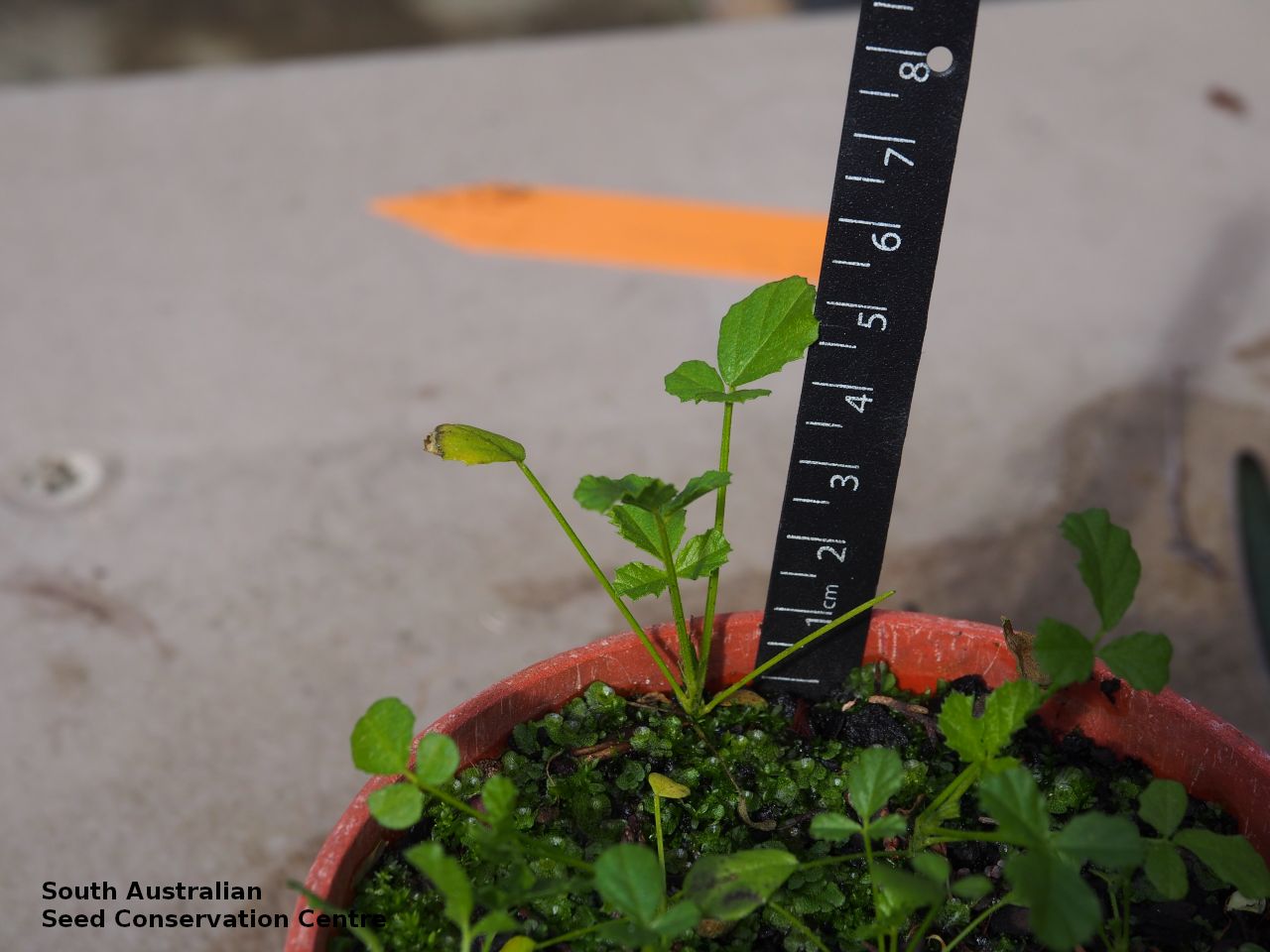
Regional Species Conservation Assessments per IBRA subregion.

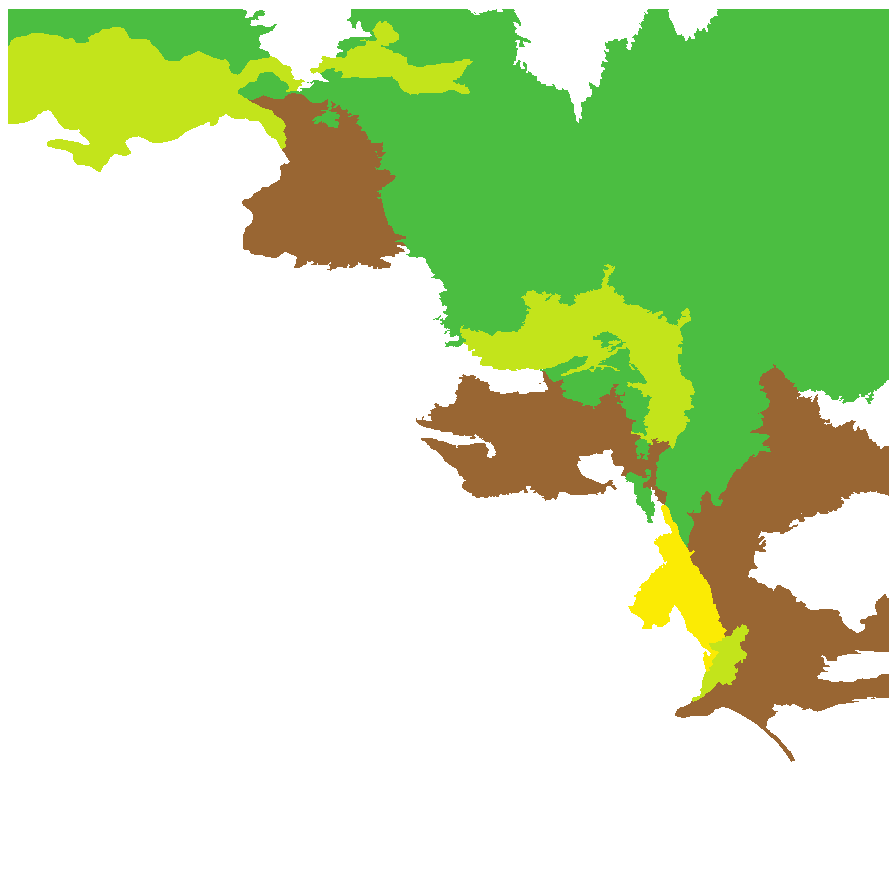
Least concern
Near threatened
Rare
Vulnerable
Endangered
Critically endangered
Extinct
Data deficient
Adelaide
Arkaroola
Ceduna
Coober Pedy
Hawker
Innamincka
Marla
Marree
Mount Gambier
Oodnadatta
Renmark
Wudinna
Keith
Yunta
Display IBRA region text
| Fleurieu (KAN02) | Kanmantoo | Rare (IUCN: RA d(ii)) [not common; perennial; occurs on rocky slopes, gorges; 2013 a good year] |
| Mount Lofty Ranges (FLB01) | Flinders Lofty Block | Near Threatened [not common; perennial; occurs on rocky slopes, gorges; 2013 a good year] |
| Broughton (FLB02) | | Rare (IUCN: RA d(i) ) (Probable Decline) [grazed] |
| Olary Spur (FLB03) | | Rare (IUCN: RA d(i)) [localised] |
| Southern Flinders (FLB04) | | Least Concern |
| Northern Flinders (FLB05) | | Least Concern |
| Central Flinders (FLB06) | | Least Concern |
| St Vincent (EYB02) | Eyre Yorke Block | Vulnerable (IUCN: VU C2a(i)) (Definite Decline) [can survive in pretty disturbed locations] |
| Murray Mallee (MDD02) | Murray Darling Depression | Rare (IUCN: RA d(i,ii)) [along river] |
| Murray Lakes and Coorong (MDD03) | | Rare (IUCN: RA d(ii)) [edge of range] |
| Gawler Volcanics (GAW02) | Gawler | Rare (IUCN: RA d(i,ii)) [only comes up after rain] |
| Gawler Lakes (GAW03) | | Rare (IUCN: RA d(i,ii)) [only comes up after rain] |
| Arcoona Plateau (GAW04) | | Least Concern [only comes up after rain] |
| Torrens (GAW06) | | Near Threatened |
| Roxby (GAW07) | | Near Threatened |
| Kintore (GVD04) | Great Victoria Desert | Near Threatened |
| Tallaringa (GVD05) | | Rare (IUCN: RA d(i,ii)) [lack of habitat] |
| Barrier Range (BHC01) | Broken Hill Complex | Rare (IUCN: RA d(i)) |
| Bimbowrie (BHC05) | | Rare (IUCN: RA d(i)) |
| Curnamona (BHC06) | | Rare (IUCN: RA d(i)) |
| Dieri (SSD03) | Simpson Strzelecki Dunefields | Least Concern |
| Warriner (SSD04) | | Least Concern |
| Strzelecki Desert (SSD05) | | Least Concern |
| Breakaways (STP01) | Stony Plains | Least Concern |
| Oodnadatta (STP02) | | Least Concern |
| Murnpeowie (STP03) | | Least Concern |
| Peake-Dennison Inlier (STP04) | | Least Concern |
| Macumba (STP05) | | Least Concern |
| Witjira (STP06) | | Least Concern |
| Baltana (STP07) | | Least Concern |
| Sturt Stony Desert (CHC02) | Channel Country | Least Concern |
| Diamantina-Eyre (CHC04) | | Least Concern |
| Coongie (CHC06) | | Least Concern |
| Lake Pure (CHC07) | | Least Concern |
| Mann-Musgrave Block (CER01) | Central Ranges | Least Concern |
| Watarru (CER02) | | Near Threatened |
| Everard Block (CER03) | | Least Concern |
| Pedirka (FIN04) | Finke | Near Threatened |
| Fleurieu (KAN02) | Kanmantoo | Rare (IUCN: RA d(ii)) [not common; perennial; occurs on rocky slopes, gorges; 2013 a good year] |
| 6 of 6 subregions | Flinders Lofty Block | Least Concern , Near Threatened , Rare |
| St Vincent (EYB02) | Eyre Yorke Block | Vulnerable (IUCN: VU C2a(i)) (Definite Decline) [can survive in pretty disturbed locations] |
| 2 of 6 subregions | Murray Darling Depression | Rare |
| 5 of 8 subregions | Gawler | Least Concern , Near Threatened , Rare |
| 2 of 4 subregions | Great Victoria Desert | Near Threatened , Rare |
| 3 of 4 subregions | Broken Hill Complex | Rare |
| 3 of 4 subregions | Simpson Strzelecki Dunefields | Least Concern |
| 7 of 7 subregions | Stony Plains | Least Concern |
| 4 of 4 subregions | Channel Country | Least Concern |
| 3 of 3 subregions | Central Ranges | Least Concern , Near Threatened |
| Pedirka (FIN04) | Finke | Near Threatened |
Botanical art
Kath Alcock paintings: 4
Prior names
Psoralea patens, partly
Psoralea australasica
Common names
Native Scurf-pea
Tall Scurf-pea
Verbine Scurf-pea
Etymology
Cullen named after William Cullen (1710-1790), a Scottish physician and chemist who lectured at the University of Glasgow on botany, among other things. Australasicum means of or from Australasia, New Zealand.
Distribution and status
Found across South Australia except on Kangaroo Island, the south-east, Eyre Peninsula and the Nullarbor growing on heavy soils, sandy loam near creeks and floodplains. Also found in all mainland States. Native. Common in South Australia. Very rare in Victoria. Rare in Western Australia. Common in the other States.
Herbarium regions: North Western, Lake Eyre, Gairdner-Torrens, Flinders Ranges, Eastern, Eyre Peninsula, Northern Lofty, Murray, Yorke Peninsula, Southern Lofty, Green Adelaide
NRM regions: Adelaide and Mount Lofty Ranges, Alinytjara Wilurara, Eyre Peninsula, Northern and Yorke, South Australian Arid Lands, South Australian Murray-Darling Basin
AVH map: SA distribution map (external link)
Plant description
Erect or ascending, much-branched shrub to 2.5 m tall with pubescent stems, glabrescent with age; striate, dotted with glands. Leaves pinnately tri-foliate to 12 cm long. Leaflets ovate to lanceolate, to 5 cm long and 30 mm wide; upper surface glabrous to sparsely hairy; lower surface pubescent, both surfaces dotted with glands; apices obtuse, mucronate, margins irregularly toothed. Flower spike terminal with pink to violet-pink pea-flowers, persistent in fruit. Flowers all year round, depending on rainfall. Fruits are black ovoid pod to 4.5 mm long; hairy with one seed inside. Seeds are brown bean-shaped seed to 3 mm long and 2 mm wide, covered in long hairs. Seed embryo type is bent.
Seed collection and propagation
Collect seeds between January and December. Collect maturing pods, those that are fat, turning black and contain a brown seed inside, by running your hands along the fruit-spikes. Place the pods in a tray and leave to dry for 1 to 2 weeks or until the pods begin to split. Then rub the dried pods to dislodge the seeds. Use a sieve to separate any unwanted material. Store the seeds with a desiccant such as dried silica beads or dry rice, in an air tight container in a cool and dry place. From two collections, the seed viability was high, at 100%. This species has physical dormancy that needs to be overcome for the seed to germinate (e.g. nicking or softening the seed coat).
| Location | No. of seeds
(weight grams) | Number
of plants | Date
collected | Collection number
Collection location | Date
stored | % Viability | Storage
temperature | BGA
MSB | 9,100 (50 g)
9,100 (50 g) | 50+ | 13-Dec-2004 | DJD83
Southern Lofty | 28-Mar-2006 | 100% | -18°C |
| BGA | 4,400 (22.19 g) | 20 | 3-Jan-2008 | TST313
Southern Lofty | 19-Sep-2008 | 100% | -18°C |
| BGA | 3,849 (24.435 g) | 15+ | 7-Dec-2021 | BKB33
Southern Lofty | 7-Jul-2022 | 100% | -18°C |
Location: BGA — the seeds are stored at the Adelaide Botanic Gardens, MSB — the seeds are stored at the Millennium Seed Bank, Kew, England.
Number of plants: This is the number of plants from which the seeds were collected.
Collection location: The Herbarium of South Australia's region name.
% Viability: Percentage of filled healthy seeds determined by a cut test or x-ray.
Germination table:
Display














